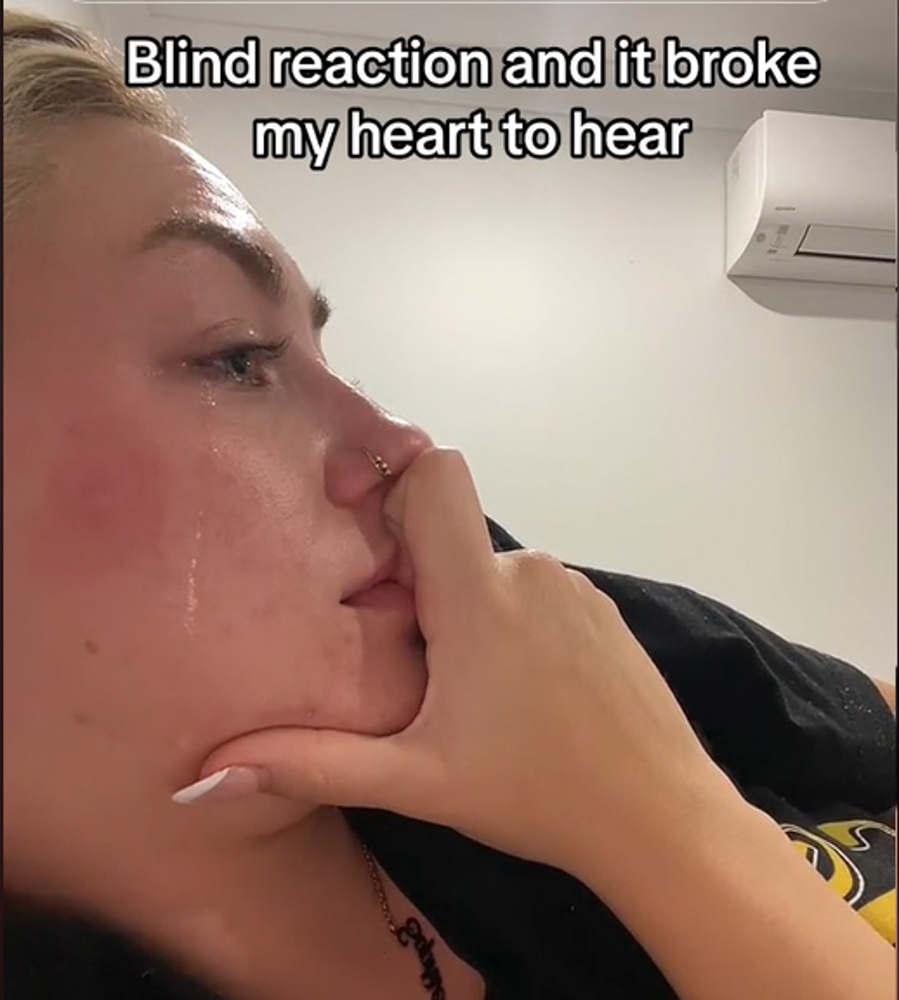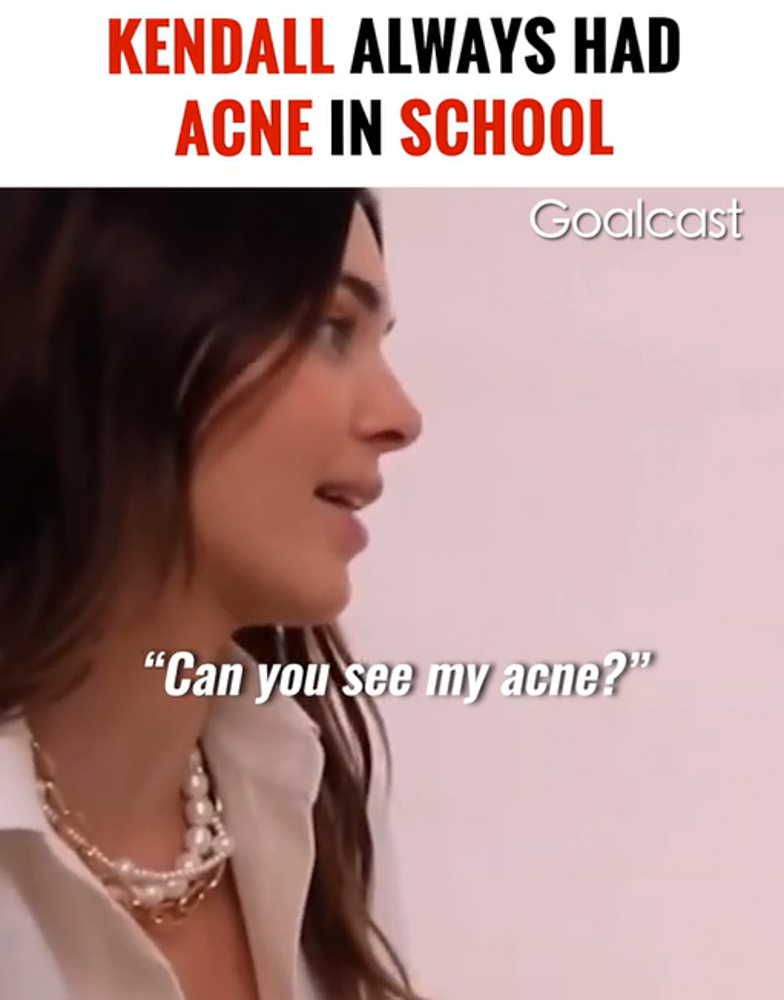For so long, we’ve been told to keep our emotions in check - but not any more. The sad girl TikTok trend has increased in popularity and while crying on social media is by no means new, it’s definitely becoming more widespread. Has crying in public finally been embraced by the masses?

People showing emotion on social media is a positive as it breaks the taboo of talking about mental health and helps people in similar situations to see that they aren’t alone - whether in stories of heartbreak, anxiety, financial distress or any other struggle. It also gives the person another outlet and support network in addition to friends/family who may not be aware or as sympathetic and supportive as they need to be in the situation. There are mini communities formed online by people who share the same struggles and are able to form genuine connections through social media.

But as with anything that gains popularity, it gets co-opted by those who are not so genuine and we can’t overlook the opportunity that these tears provide…Many users on the 1 billion monthly user strong TikTok platform have turned to crying as a way to engage with followers and increase their following. Being emotive and authentic has helped some users go viral, allowing them to collaborate with big brands and monetise their accounts.
Then we have the trickle down to established influencers, who now appear to be crying on cue. Influencers have long been known for sharing every aspect of their lives, from their intimate relationships to their thoughts on current topics, nothing is off limits. They let people into their personal lives, making people feel like they know them. However over time, their user base becomes disengaged as they become more popular, brand partnership focused, wealthier and, in turn, more unrelatable. As a way to negate this, we’re seeing influencers attempting to remain genuine by showing their emotions in between their pr packages, events, lavish holidays and multi-million dollar houses. We saw this with Kendall Jenner when she showed her vulnerable side online with her raw story about her insecurities with her skin only to announce her partnership with Proactiv. This behaviour inspired the term “sad fishing”.

Part of the whole appeal of influencers has always been their ability to show an inspirational lifestyle, but as trends change and social media users crave authenticity we’re seeing a mishmash of aspirational content with crying faces. We’re constantly seeing influencers justifying their crying by telling their audience they want to 'show that their life isn’t as perfect as it may seem online'. Well no shit. In an attempt to show authenticity they're dobbing on themselves - what they’re showing online is the highlight reel, the well-lit selfie chosen and edited after 100 attempts, the highly edited photos created for their brand deals, the high profile event they’re invited to in exchange for a story, the free beauty procedures. It’s not real life. But as brands move towards the trends influencers have to pivot, and they’re yet to find a way to show off their out-of-touch lifestyles while remaining authentic.
But surely when you’re crying the last thing on your mind is recording it? Not for some, because we’ve now entered the era of the commodification of tears.
